The Role-Playing Games (RPGs) are one of the most beloved genres of video games, and within it there are two distinct styles that generate a lot of discussion among fans: JRPGS (Japanese Role-Playing Games) and the WRPGS (Western Role-Playing Games).
Despite sharing roots on the table RPG, as Dungeons & Dragonsthey evolved in quite different ways.
Next, we explain the characteristics of each and how they differ.
What do you need to know about the games JRPG and WRPG
What is a JRPG?
The term JRPG means “Japanese Role-Playing Game” and originally referred to RPG games developed in Japan.
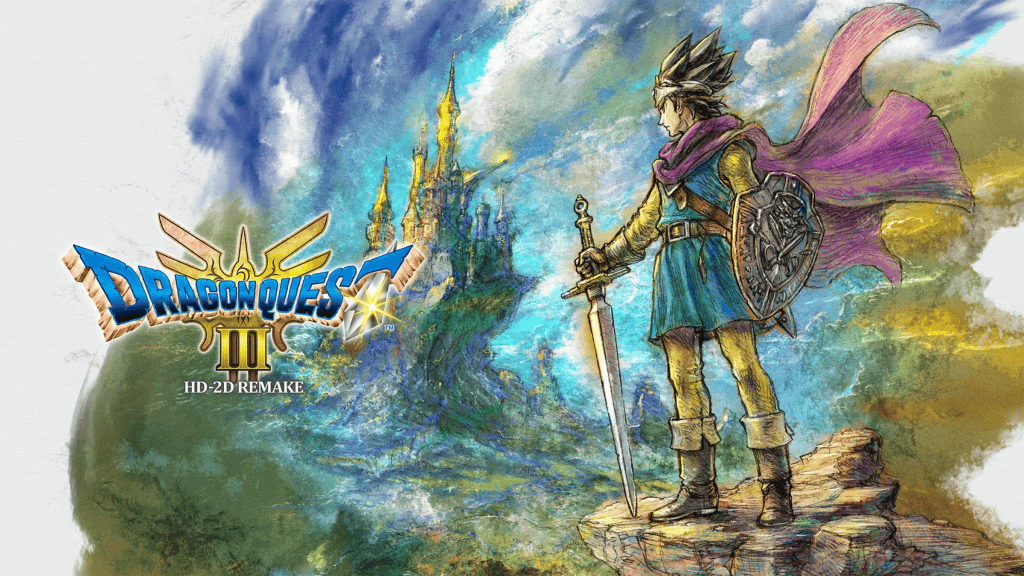
Over time, it was also used for games produced abroad, but followed the style consecrated by classic Japanese titles, such as Dragon Quest (1986) and Final Fantasy (1987).
There is no unique and definitive definition for JRPG, but some characteristics are recurrent.
Firstly, aesthetics is usually inspired by anime and manga, with stylized -looking characters, colorful visuals and fantasy worlds. The stories are often linear, focusing on well -defined protagonists and their emotional and epic journeys.
Combat in many cases occurs in shifts, although franchises like Final Fantasy and Tales of have adopted more dynamic systems in the latest versions.
Another striking element is the focus on progression and narrative. The characters evolve through specific levels and skills, and the plot usually follows a more closed script, with times of drama, twists and well -elaborated world buildings.
Although the term JRPG comes from “Japanese”, Western games like Chained Echoes or Cosmic Star Heroine They are also called this because they mimic this style with faithfulness.
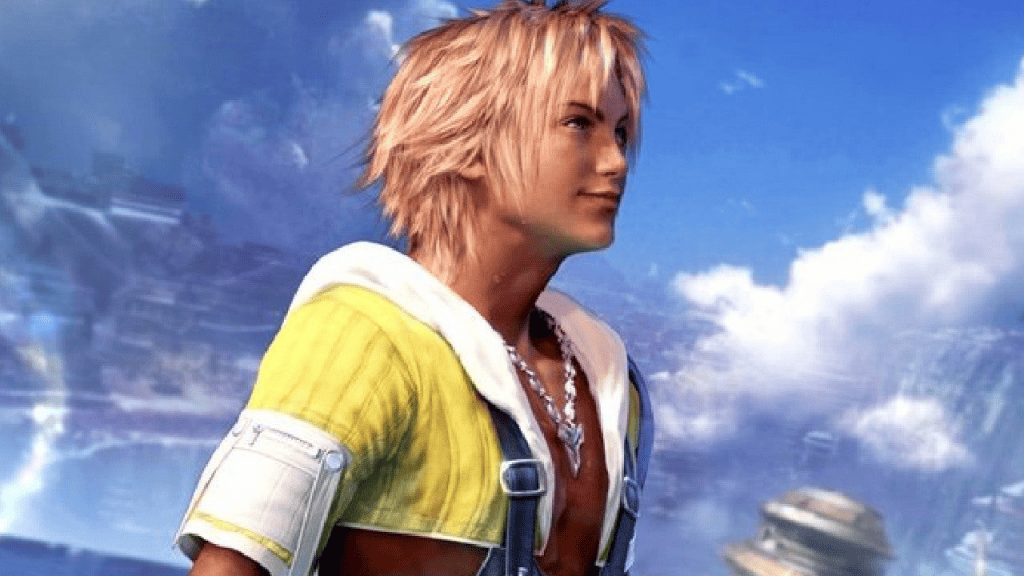
Examples of JRPG games
- Dragon Quest franchise;
- Final Fantasy franchise;
- MANA SERIES (Legend of Mana, Secret of Mana);
- Xenoblade Chronicles franchise;
- Fire emblem franchise;
- Breath of Fire franchise;
- Shin Megami Tensei and Persona.
What is a WRPG?
WRPG means “Western Role-Playing Game”, ie West RPG. This style emerged mainly in the United States and Europe, inspired directly on table RPG systems as Dungeons & Dragons.
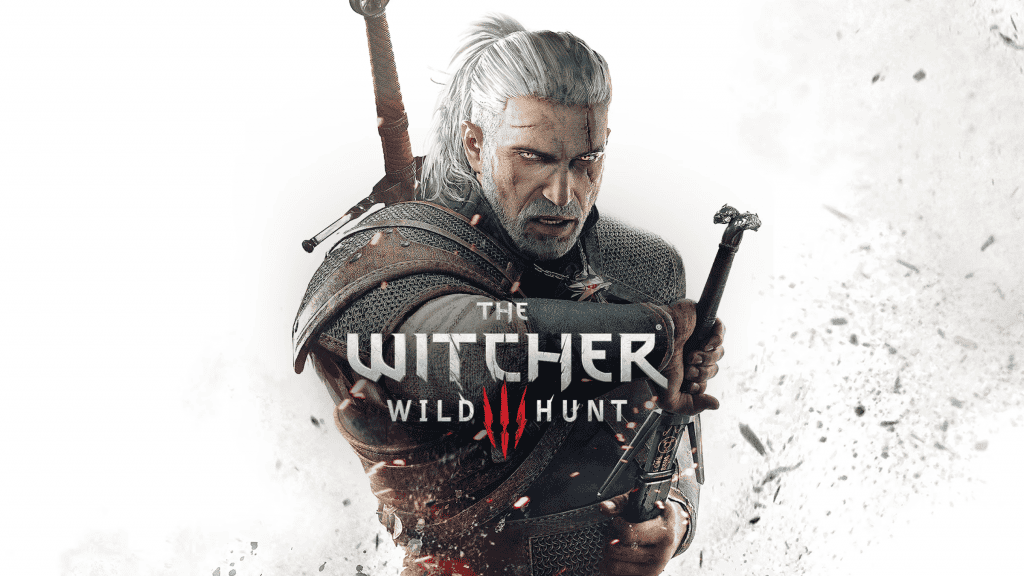
WRPGs prioritize the player’s freedom, offering an open world, multiple paths and customization possibilities.
Unlike JRPGs, here the protagonist is usually created from scratch by the player, without a personality or fixed story. This allows greater identification and freedom of choice.
The worlds are large and offer nonlinear missions, with varied endings according to decisions made throughout the campaign. The narrative, therefore, shapes itself by the player’s control, which gives a great sense of agency.
In the visual aspect, WRPGs tend to adopt a more realistic and dark style, contrasting with the vibrant tones of JRPGs.
Combat is also usually in real time or strategic pause, prioritizing immersion and simulation. In addition, complex skills systems, talent trees and options such as diplomacy, stealth or direct confrontation are common in this style.
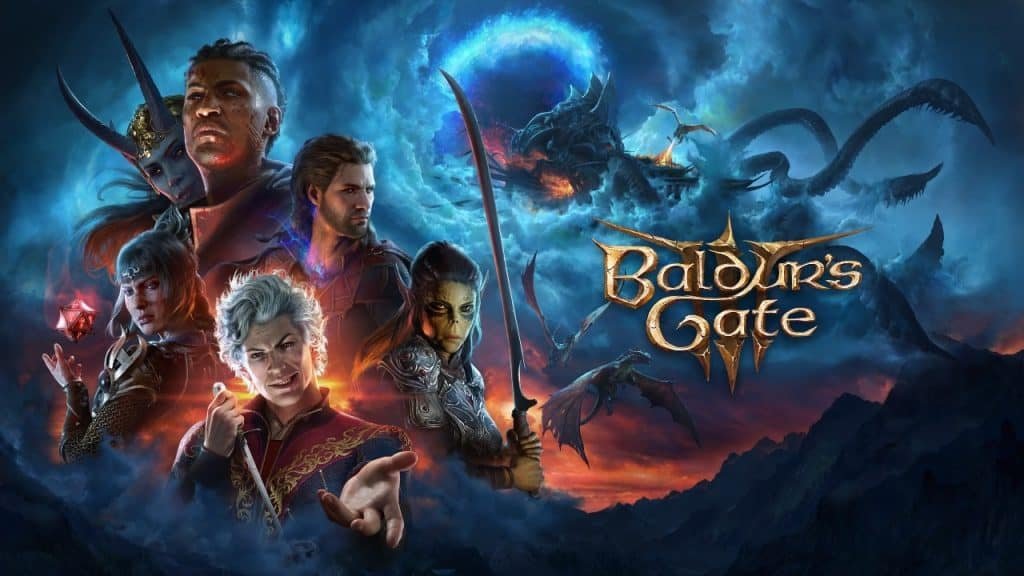
Examples of JRPG games
- The Witcher 3: Wild Hunt;
- Skyrim (The Elder Scrolls V);
- Dragon Age;
- Mass Effect;
- Divinity: Original Sin 2;
- Baldur’s Gate 3.
Differences between JRPG and WRPG
The main differences between JRPGS and WRPGS are in the narrative structure, the style of the characters, the freedom of the player and the visual style.
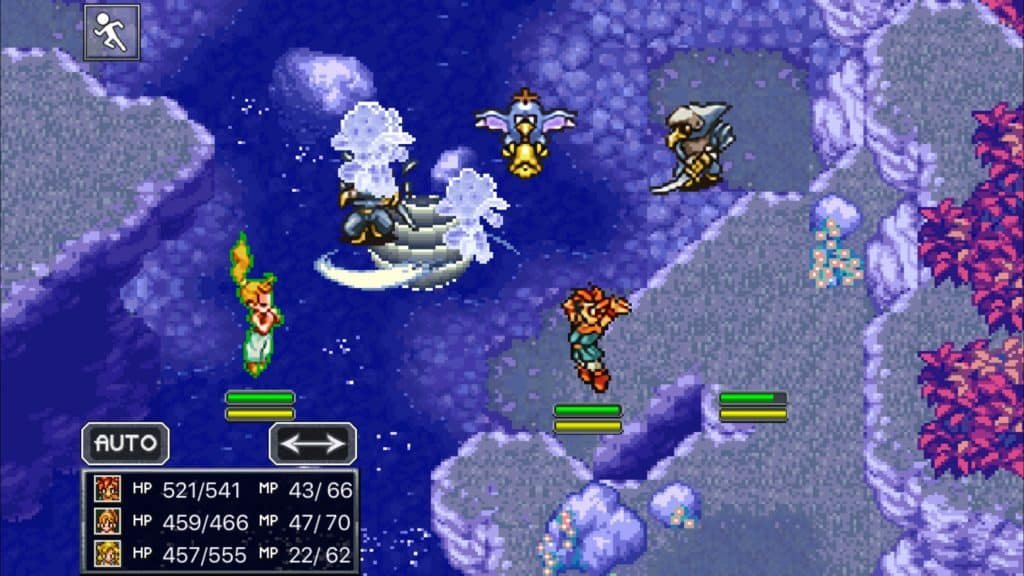
While JRPGs usually have linear stories, starring characters with defined personalities and focus on interpersonal relationships, WRPGs offer open narratives, shaped by player choices, with characters often without a predefined identity.
Progression also differs. In JRPGs, evolution is more controlled, with well -defined level systems and skills released at specific times.
Read more:
In WRPGs, the player is free to build his character as he wants, choosing talents and features that directly affect gameplay and available options.
Fighting in JRPGs usually follows the tradition by shifts or featuring stylized and exaggerated mechanics, with special attacks and more abstract battles, with great powers and spells.
In WRPGs, combat tends to be more direct and tactical, with real -time or hybrid systems that bring the experience of a simulation closer.
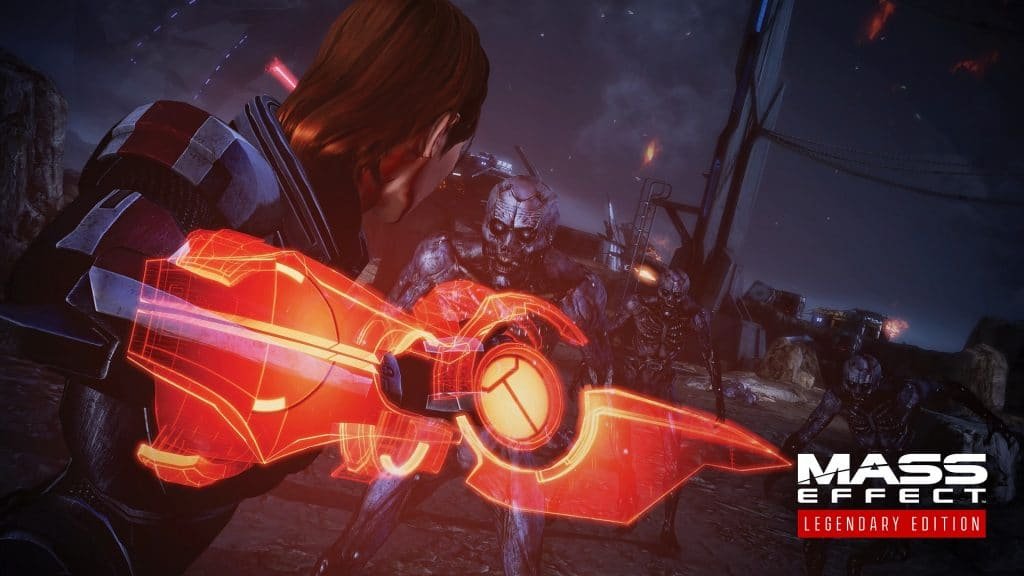
In terms of theme and tone, JRPGS usually adopt heroic and emotional stories, with young protagonists, while WRPGs explore darker and realistic worlds, with adult characters facing worlds with more hostile environments.
Another contrast point is the freedom of the player. JRPGS are usually more linear, with missions in pre-established order and less space for significant choices.
WRPGs are famous for their open worlds, parallel missions and various endings, allowing each player to play in a more specific way.